
Configuring Spring Boot Application on Kubernetes


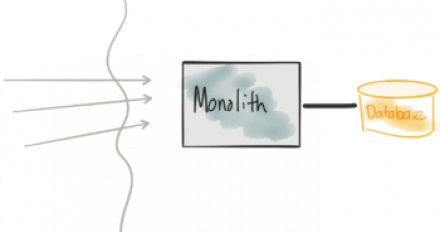
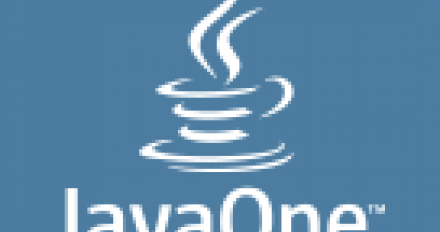

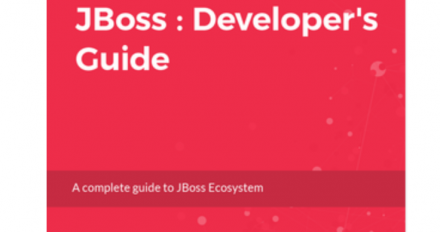
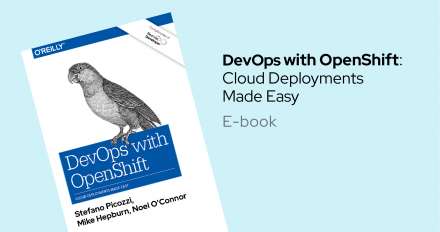
For many organizations, a big part of DevOps’ appeal is software automation using infrastructure-as-code techniques. This book presents developers, architects, and infra-ops engineers with a more practical option. You’ll learn how a container-centric approach from OpenShift® can help your team deliver quality software through a self-service view of IT infrastructure.


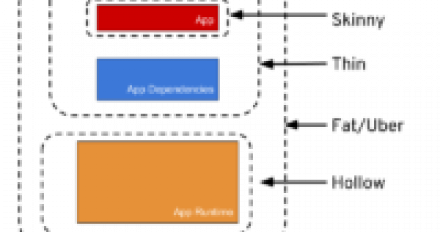


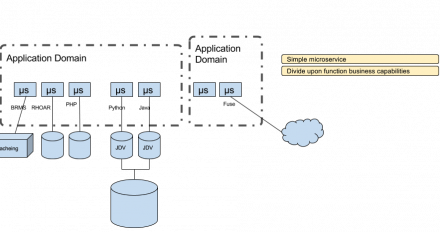
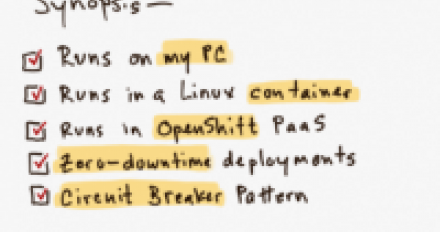

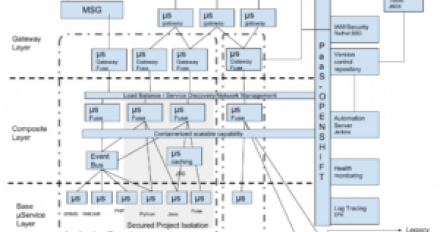

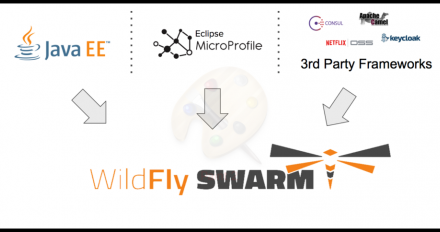

Securing Microservices using JSON Web Tokens (JWT) and Red Hat SSO, by Thomas Qvarnstrom
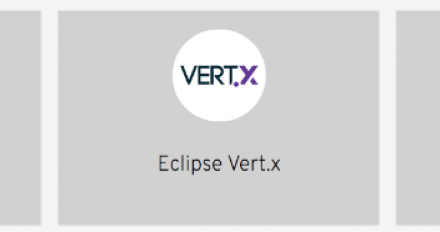

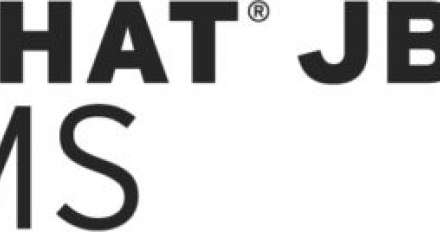

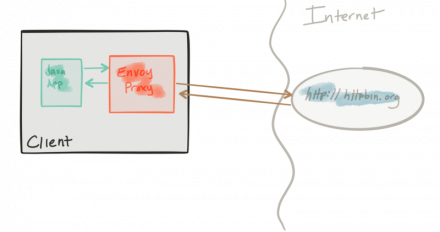
Distributed Tracing: This blog is part of a series looking deeper at Envoy Proxy and Istio.io and how it enables a more elegant way to connect and manage microservices. Follow me @christianposta to stay up with these blog post releases. I think the flow for what I cover over the next series will be something like:

Alberto Salazar, CTO and Chief Architect, Advance Latam shares insights in this breakout session at Red Hat Summit 2017. In this session, attendees will learn about a real world migration case involving a 10 years JEE monolithic application to Microservices; tips, tricks, pros, cons and the reasons for being involved on a microservices architecture. We will also be reviewing some sample code and tips on how to move to a full microservices solution that will bring as result, less effort delivering new features, saving cost, time and therefore, faster time to market of banking products. We will be using open source frameworks and products such as: JAVA, React, React Native, Vert.x, Apache Camel, Apache ActiveMQ and Apache Cassandra. https://www.redhat.com/en/summit/2017/agenda/session